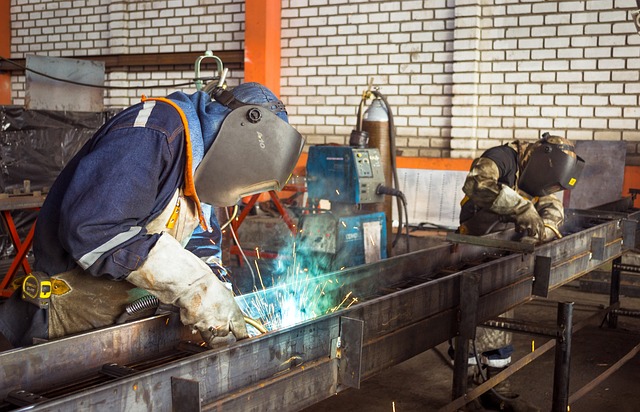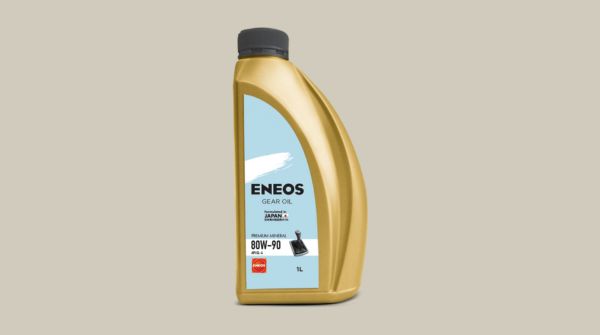Choosing Between MIG Welding and TIG Welding for Your Project: A Comprehensive Guide (2025)

Welding is a crucial process in various industries, from construction and manufacturing to automotive and art. Among the many welding techniques available, Metal Inert Gas (MIG) welding and Tungsten Inert Gas (TIG) welding are two of the most popular methods used in Melbourne and beyond. Each technique has its unique advantages, disadvantages, and applications. Understanding these differences is essential for selecting the right method for your specific project.
In this comprehensive guide, we’ll explore the key differences between MIG and TIG welding, helping you make an informed decision for your welding needs in 2025.
What is MIG Welding?
MIG welding, or Gas Metal Arc Welding (GMAW), is a welding process that uses a continuous wire feed as an electrode and an inert gas, typically argon or helium, to shield the weld from contamination. This method is well-known for its speed and versatility.
Advantages of MIG Welding
Speed and Efficiency: MIG welding is faster than TIG welding due to its continuous wire feed system, making it ideal for projects with tight deadlines.
Ease of Use: MIG welding is generally easier to learn, making it a popular choice for beginners. The automatic feeding of the wire simplifies the welding process.
Versatile Applications: This method can be used on a variety of metals, including steel, aluminum, and stainless steel, making it suitable for diverse projects.
Minimal Clean-Up: MIG welding produces less slag compared to other welding methods, resulting in less post-weld cleanup.
Disadvantages of MIG Welding
Limited Control: While MIG welding is faster, it offers less control over the heat input, which may result in burn-through on thinner materials.
Less Suitable for Thin Materials: MIG welding is not as effective for very thin materials, where precise heat control is critical.
Shielding Gas Sensitivity: MIG welding requires a consistent supply of shielding gas, which can be affected by wind or drafts, making it less suitable for outdoor work in certain conditions.
What is TIG Welding?
TIG welding, or Gas Tungsten Arc Welding (GTAW), involves using a non-consumable tungsten electrode to produce the weld. The welder manually feeds filler material into the weld pool while shielding the area with an inert gas, usually argon. This method is known for its precision and high-quality welds.
Advantages of TIG Welding
High Precision and Control: TIG welding allows for better control over the heat and weld pool, making it ideal for thin materials and intricate designs.
Clean Welds: TIG welding produces clean and aesthetically pleasing welds, making it suitable for projects where appearance matters, such as in art and custom fabrication.
Versatility in Material Types: TIG welding can be used on a wide range of materials, including stainless steel, aluminum, and even exotic metals like titanium.
No Spatter: TIG welding produces minimal spatter, which means less cleanup is required after the welding process.
Disadvantages of TIG Welding
Slower Process: TIG welding is generally slower than MIG welding, making it less ideal for projects requiring speed.
Complexity: TIG welding is more challenging to learn, requiring skilled operators who can maintain the right balance of heat and filler material.
Equipment Costs: TIG welding machines tend to be more expensive than MIG welders, and the process requires more accessories, increasing the overall cost.
Choosing the Right Welding Method for Your Project
When deciding between MIG and TIG welding for your project in Melbourne, consider the following factors:
1. Type of Material
- MIG Welding: Suitable for thicker materials and a variety of metals. Ideal for projects requiring speed and versatility.
- TIG Welding: Best for thin materials and those requiring high precision. Excellent for stainless steel, aluminum, and artistic applications.
2. Project Requirements
- Speed: If your project has tight deadlines or involves large-scale production, MIG welding may be the better choice.
- Precision and Aesthetics: For projects where quality and appearance matter, such as custom fabrication or artwork, TIG welding is preferred.
3. Skill Level
- Beginners: If you’re new to welding, MIG welding is easier to learn and operate.
- Experienced Welders: If you have experience and require high precision, TIG welding may be more suitable.
4. Budget
- MIG Welding: Generally more affordable due to lower equipment costs and ease of use.
- TIG Welding: Higher initial investment, but may save on labor costs due to reduced clean-up and rework.
Conclusion: Making an Informed Choice
Choosing between MIG and TIG welding ultimately depends on your specific project requirements, material types, and your level of expertise. In Melbourne, where both methods are widely used in various industries, understanding the strengths and limitations of each technique will help you make an informed decision.
Whether you’re working on a large industrial project or a delicate artistic creation, selecting the right welding method is crucial for achieving the best results. Remember to evaluate your project needs, budget, and desired outcomes before making your final choice.
FAQ: MIG vs. TIG Welding
1. Can I use MIG welding for aluminum?
Yes, MIG welding is suitable for aluminum; however, you should use a specific aluminum welding wire and ensure proper shielding gas.
2. Is TIG welding more expensive than MIG welding?
Generally, yes. TIG welding requires more specialized equipment and consumables, making it a more costly option upfront.
3. Which welding method is better for beginners?
MIG welding is typically better for beginners due to its ease of use and faster learning curve.
4. Can I switch between MIG and TIG welding?
Yes, many welders are versatile and can be used for both MIG and TIG welding, depending on the job requirements.
5. How do I know which method to choose for my specific project?
Consider factors like the type of material, project complexity, desired speed, and budget to determine the best welding method for your needs.
6. Can I use MIG welding outdoors?
MIG welding can be done outdoors, but be cautious of wind conditions that can affect the shielding gas. It’s best to use a windbreak if necessary.
By considering the information outlined in this guide, you can choose the right welding method for your project and ensure successful results. Whether you opt for MIG or TIG welding, both techniques offer unique benefits that can be leveraged for various applications in Melbourne and beyond.

 English
English 



